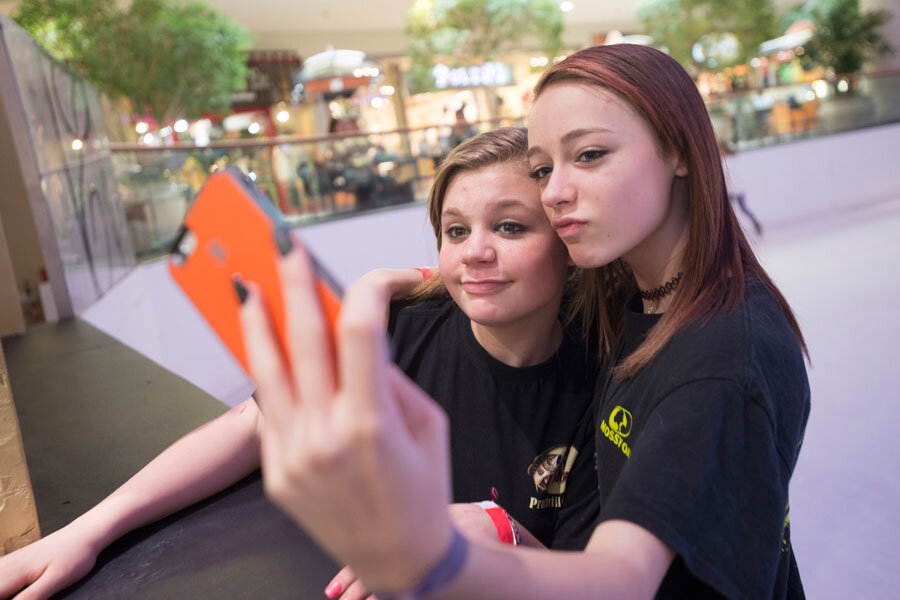Pay by selfie? Amazon says your portrait can protect online purchases
Loading...
Smile! Before your order is complete, Amazon wants to verify your purchase with a selfie.
The Seattle-based e-commerce giant filed a patent application in October for its payment-by-selfie technology. Instead of keying in a password, Amazon says selfie authentication will ensure better cybersecurity for all of its users.
“While many conventional approaches rely on password entry for user authentication, these passwords can be stolen or discovered by other persons who can impersonate the user for any variety of tasks,” explains Amazon in its patent application.
“Further, the entry of these passwords on portable devices is not user friendly in many cases, as the small touchscreen or keyboard elements can be difficult to accurately select using a relatively large human finger, and can require the user to turn away from friends or co-workers when entering a password, which can be awkward or embarrassing in many situations.”
Shoppers also resort to unsafe cybersecurity practices such as storing a list of passwords on their phones and choosing short and simple passwords that are easy to remember.
And while some verification systems may snap a photo of the user with facial recognition software, “such a process provides only a certain level of additional protection,” argues Amazon.
But if identity theft is a primary concern, could fraudulent payments be made with simply a photograph or video of the cardholder?
Not with a randomly generated verification process, says Amazon in its patent application.
“A user can be asked to perform a specific motion, gesture, or action within the field of view of the camera to help verify that the image information corresponds to a physical human user,” explains Amazon. Selfie pay will be able to detect natural, realistic human movements such as blinking, but if such movements are not decipherable, then selfie pay will prompt the user to make a specific motion such as blinking only the left eye or tilting the head in a specific direction.
And regardless of movement-verification, “The thermal image captured of a human face will be very different than one capture for a piece of paper,” and Amazon says its feature will understand the difference.
Amazon’s selfie-pay may sound like a silly, futuristic invention, but a closer look at the tech industry suggests innovations in mobile payment are all the rage these days.
"Selfie-pay" is only one of Amazon’s innovative payment systems developed in 2016. Last week, Amazon announced a partnership with Capital One that would allow owners of Amazon’s Echo smart speaker system to pay bills, review recent transactions, and check credit-card balances through voice commands.
Earlier this month, Google launched an experimental mobile payment system that lets people pay for something without removing their phone from their pocket, reports The Christian Science Monitor’s Max Lewontin. Instead of tapping a phone against a reader, Google’s Hands Free system uses Wi-Fi, Bluetooth, and location services, allowing shoppers to simply tell the cashier, “I’ll pay with Google.”
Even Amazon’s selfie-pay is not the first of its kind. MasterCard launched a similar payment method last month. Just like Amazon, MasterCard uses selfie authentication that will take a photo each time users make an online purchase, asking for "blinks" to verify identity.
“When consumers shop on the Internet, their banks need ways to verify their identity,” says Ajay Bhalla, president of enterprise security solutions at MasterCard. “So this particular product seamlessly integrates biometrics into the overall payment experience.”








